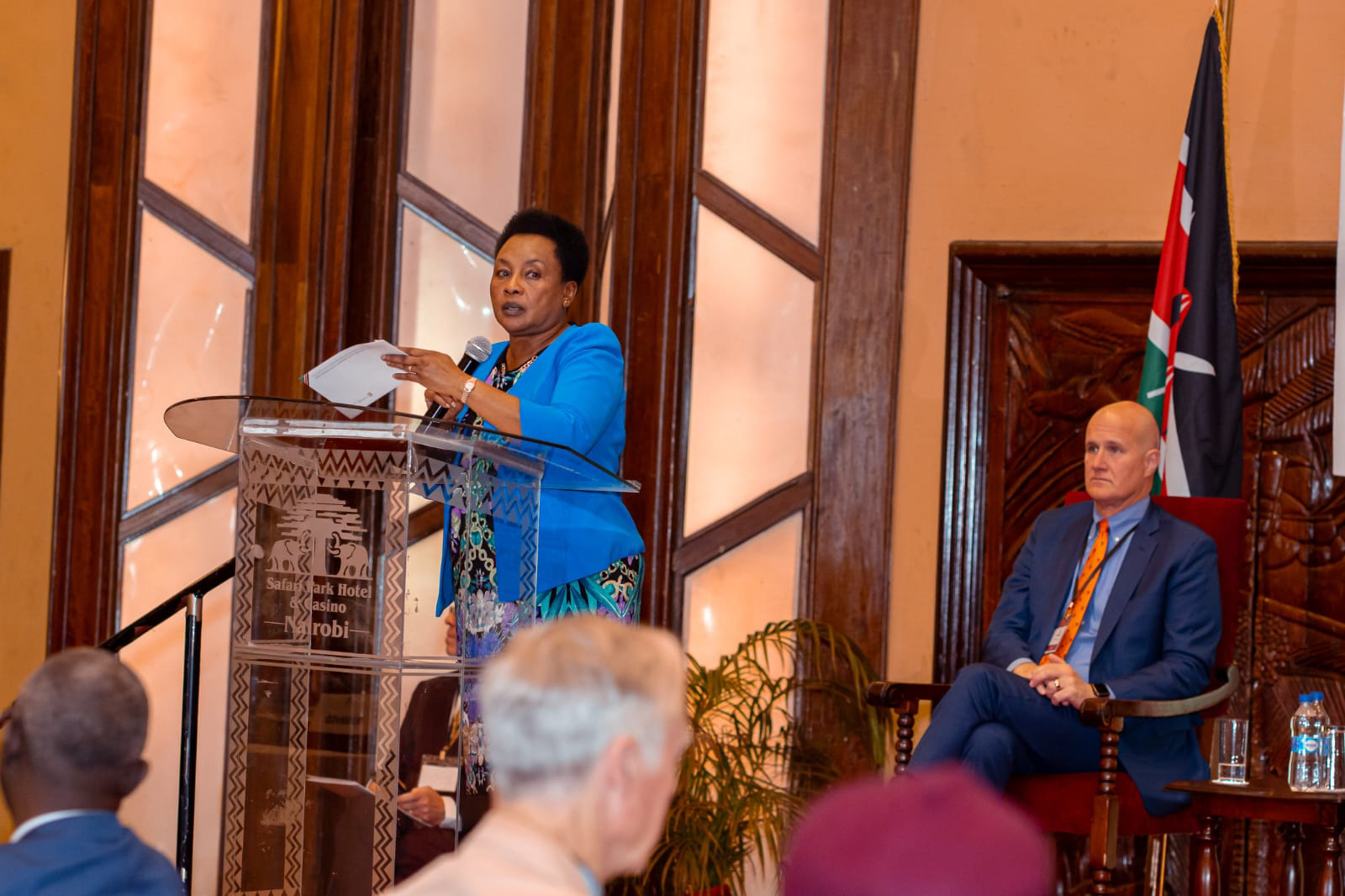Kenya Railways Leads Talks on East Africa Railway Corridor to Boost Regional Trade
By Liz Anyango
Nairobi, Kenya – November 2025
Kenya Railways has initiated a series of high-level meetings with regional partners to advance the construction of the East Africa Railway Corridor, a major infrastructure project aimed at enhancing cross-border trade and mobility across East Africa.
The corridor, which involves Kenya, Uganda, and South Sudan, is expected to improve the movement of goods and people, reduce transport costs, and strengthen the region’s competitiveness in global trade.
The project will extend Kenya’s Standard Gauge Railway (SGR) from Naivasha to Kisumu (262 km) and onward to Malaba (107 km) on the border with Uganda. Once complete, the corridor will link Kenya’s SGR network with Uganda’s, providing critical access to landlocked countries including South Sudan and the Democratic Republic of Congo (DRC).
Implemented under the Northern Corridor Integration Projects (NCIP) framework, the initiative supports the East African Community (EAC) vision of regional infrastructure integration. Preliminary estimates place the cost of the Naivasha–Kisumu section at about USD 300 million, to be financed through public investment and development funding, with potential support from the U.S. International Development Finance Corporation (DFC).
Transport ministers from Kenya, Uganda, and South Sudan have described the corridor as a game changer for regional trade, citing its potential to reduce reliance on trucking, cut transit times, and open new business opportunities between Mombasa, Kampala, and Juba.
Uganda’s Transport Minister called the project “a strong foundation for sustainable business between East African countries,” noting that the region’s road networks are overstretched and costly to maintain. South Sudan’s representative added that the corridor would “open up reliable access to regional and global markets,” linking Juba more effectively to Mombasa Port.
The project is also expected to yield environmental benefits by shifting freight from road to rail, thereby reducing congestion, accidents, and carbon emissions. Rail transport has a smaller carbon footprint and greater cargo efficiency compared to road transport.
A senior Kenyan official noted that “rail transport is not only greener but also smarter for the economy,” adding that electric trains could further enhance logistics efficiency.
Kenya’s Cabinet Secretary for Roads and Transport, Davis Chirchir, said the project reflects the shared ambition of East African nations to grow together.
“We are currently compensating the people along the corridor and working together in a synchronised manner. If we unlock funding today, we could break ground within a few months. This is not about competition; we must remain in sync,” he said.
Partner states have agreed that each country will construct its section of the railway while maintaining harmonized technical standards and aligned timelines. Officials emphasized the importance of synchronized delivery to ensure seamless cross-border connectivity.
The discussions also covered feasibility studies, financing structures, and compliance with international lenders’ sustainability requirements.
Kenya is concurrently modernizing its railway governance framework through the proposed Railways Bill 2026, which seeks to separate infrastructure ownership from operations. This reform would allow private operators to run trains and pay tolls to the infrastructure owner, encouraging efficiency and private sector participation.
Plans are also underway to integrate electric mobility into the corridor to lower long-term energy costs and emissions. Kenya has indicated readiness to raise its domestic funding contribution from 1.5% to 2%, while pursuing concessional loans and infrastructure investment partnerships to bridge financing gaps.
Construction on the East Africa Railway Corridor could begin within two to three years, pending financial closure and environmental assessments.
Once operational, the project is expected to lower the cost of doing business, position Kenya as a regional logistics hub, stimulate industrial growth and job creation, and deepen East Africa’s integration into global supply chains.
For Kenya and its regional partners, the East Africa Railway Corridor represents more than a transport link—it is a foundation for economic transformation, regional cooperation, and sustainable growth.
In a joint statement, the ministers reaffirmed their commitment:
“This is not just steel and tracks. It’s about connecting nations, economies, and peoplefaster, safer, and together.”




Comments
Post a Comment